
123rf
In today’s society, the nuances of race impact various aspects of our daily lives, often in ways that go unnoticed. Despite advancements in equality and civil rights, racial undercurrents continue to shape experiences and opportunities across multiple sectors. This article highlights 15 unexpected areas where race significantly influences outcomes, from the job market and education to healthcare and cultural representation. By shedding light on these areas, we can better understand the ongoing effects of racial dynamics. Acknowledging these factors is key to progressing toward a more inclusive and fair society. It’s crucial to examine the multifaceted ways race interacts with societal structures and individual lives to fully address and mitigate racial disparities.
1. Employment and Wages

123rf
Race often dictates the landscape of employment and wages, with minorities typically facing higher unemployment rates and lower income. Despite equal qualifications, racial biases in hiring practices persist, subtly shaping the workforce composition. In industries across the board, from tech to entertainment, racial diversity in top-tier positions remains low. Wage gaps are not just numbers; they represent a systemic inequality that hinders economic progression for entire communities. Efforts like diversity hiring initiatives and equal pay legislation are steps toward leveling the playing field. Yet, the enduring impact of race on employment and wages is a stark reminder of the work still needed to achieve true equality.
2. Housing and Urban Planning
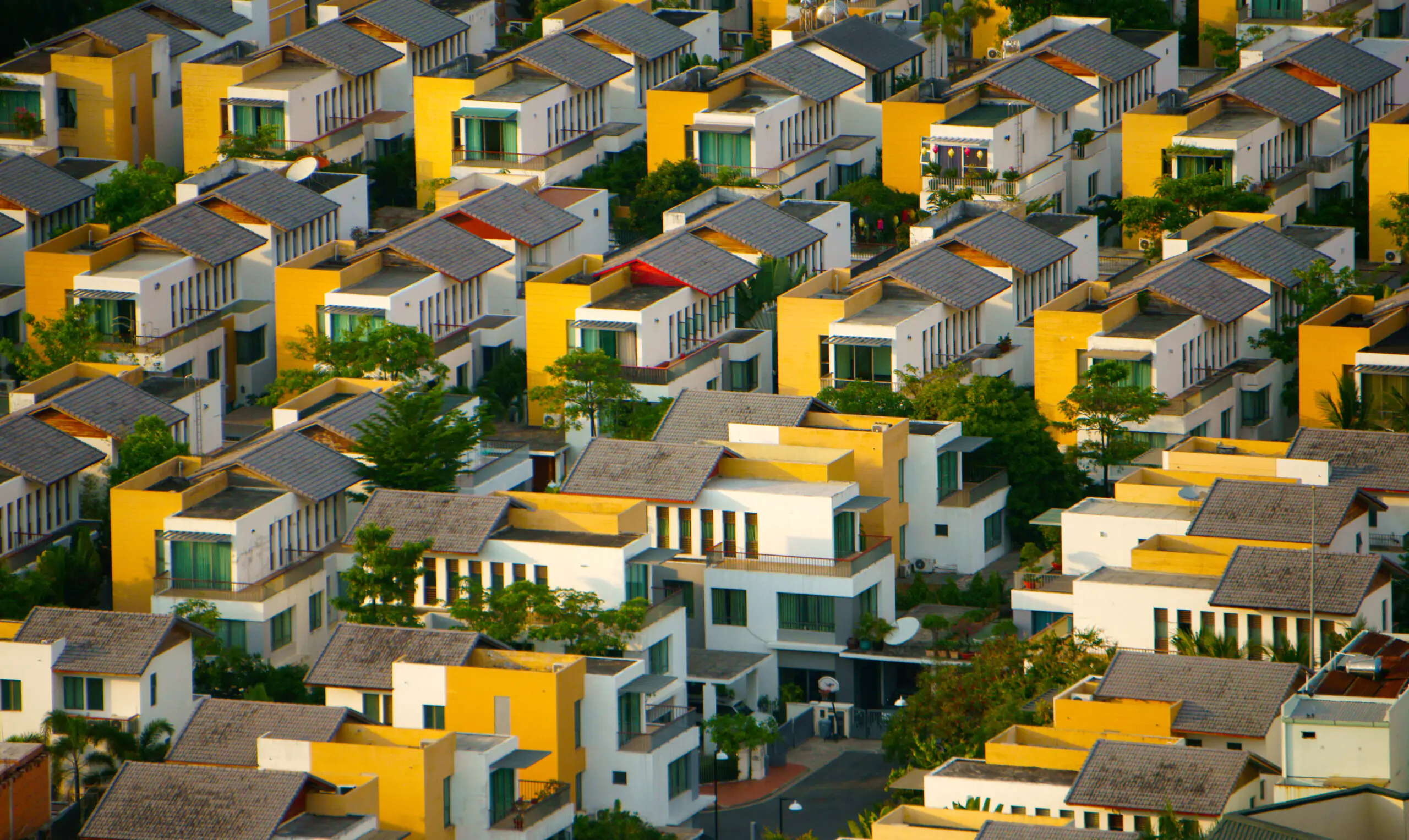
123rf
Racial considerations in housing and urban planning lead to segregated neighborhoods and unequal access to amenities. Historical practices like redlining have long-lasting effects, perpetuating wealth gaps and limiting property appreciation in predominantly minority areas. Zoning laws and development projects often favor wealthier, predominantly white areas, exacerbating socio-economic divides. This segregation impacts the quality of schools, healthcare facilities, and even grocery store availability. Gentrification in diverse neighborhoods can further displace long-standing communities, altering the cultural and economic landscape. Addressing these issues requires conscious urban planning that prioritizes inclusivity and equity.
3. Education and Schooling

123rf
In education, racial disparities manifest in resource allocation, teacher expectations, and standardized testing outcomes. Schools in minority-dominated areas often receive less funding, leading to overcrowded classes and outdated materials. Racial biases can affect teacher perceptions and interactions with students, influencing academic encouragement and discipline practices. The achievement gap between white students and students of color in standardized testing continues to raise questions about fairness and curriculum relevance. Programs like affirmative action aim to level the educational playing field, yet debates continue over their effectiveness and fairness. Education reform is crucial for dismantling the racial barriers that impede equal academic opportunities.
4. Healthcare Access and Quality

123rf
Race significantly affects healthcare access and quality, with minorities often receiving lower levels of care and facing higher health risks. Systemic biases in medical treatment and diagnosis can lead to disparities in health outcomes, such as higher mortality rates for certain diseases among racial minorities. Lack of insurance coverage and healthcare facilities in minority neighborhoods exacerbates these issues. Cultural incompetence among healthcare providers can hinder effective communication and treatment. Efforts to diversify the medical profession and improve cultural competency are vital steps toward equitable healthcare. Recognizing and addressing these healthcare disparities is essential for fostering a healthier society for all.
5. Criminal Justice System

123rf
The influence of race on the criminal justice system is profound, with minorities more likely to be arrested, charged, and sentenced harshly. Racial profiling and biases contribute to a disproportionate number of minorities in the criminal justice system. Sentencing disparities, particularly in drug-related offenses, highlight the systemic inequities. Efforts to reform policing and sentencing practices aim to address these biases but face significant challenges. The overrepresentation of racial minorities in prisons reflects deeper societal issues that need comprehensive strategies to combat. Acknowledging and rectifying these injustices is crucial for building a fair and impartial legal system.
6. Political Representation and Influence

123rf
Racial minorities often find themselves underrepresented in political offices, which can lead to a lack of advocacy for their specific needs and concerns. The barriers to political entry, from fundraising to gaining endorsements, disproportionately affect candidates of color. This underrepresentation can result in legislation that overlooks or even harms minority communities. Efforts to increase diversity in political representation are growing, highlighting the importance of inclusive governance. When people of all races have a say in the political process, policies more accurately reflect the diverse society they govern. Therefore, enhancing racial diversity in political spheres is crucial for a truly democratic and equitable society.
7. Media Representation

123rf
Media portrayal of different races has a powerful impact on societal attitudes and stereotypes. Historically, mainstream media have often depicted racial minorities in a negative or stereotypical light, influencing public perception and self-image. Recent years have seen a push for more diverse and accurate representation, with success in some areas, yet many challenges remain. The rise of social media has allowed underrepresented groups to voice their perspectives and challenge traditional narratives. Positive and diverse representation in media can promote understanding and equality, making it a vital area for continuous improvement. Addressing these issues in media representation is not just about screen time but also about influencing societal norms and values.
8. Economic Development

123rf
Racial factors can significantly influence economic development, with minority communities often facing systemic barriers to growth. Disparities in access to capital, markets, and business networks hinder the ability of minority-owned businesses to thrive. Economic policies and programs that do not consider racial impacts can inadvertently widen the wealth gap. Investing in minority-led economic initiatives can yield substantial benefits for both the communities involved and the economy at large. Addressing these economic disparities requires a focused approach that considers the unique challenges faced by racial minorities. Economic justice is not only a matter of fairness but also a catalyst for broader societal prosperity.
9. Cultural Expression and Recognition
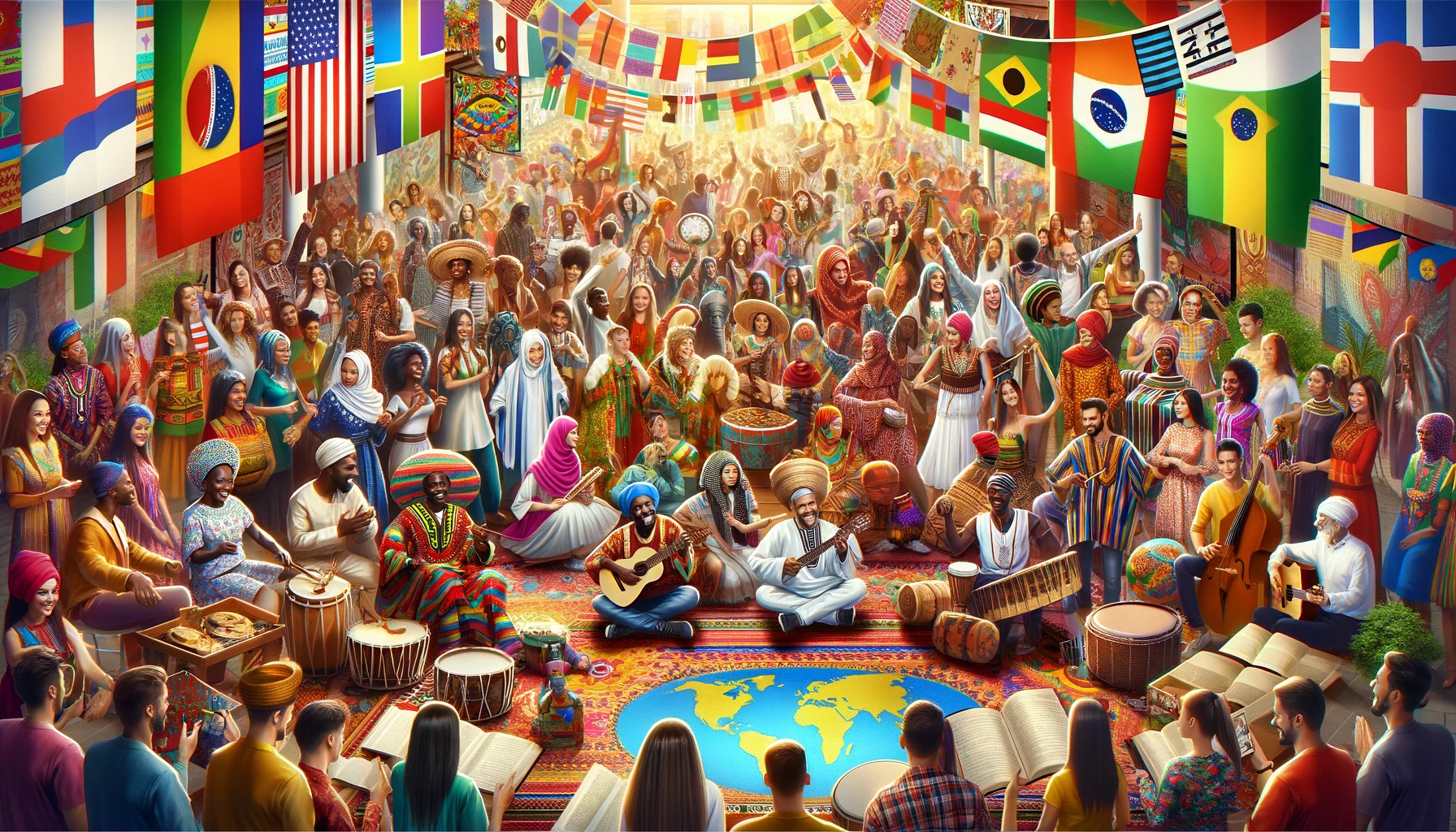
DALL-E
Cultural expression is a crucial aspect of identity, yet racial minorities often experience marginalization of their cultural practices. Recognition and celebration of cultural diversity can enhance societal understanding and cohesion. Lack of representation in cultural institutions and mainstream narratives can lead to a diminished appreciation of minority cultures. Efforts to promote and preserve cultural heritage are essential for fostering a more inclusive society. When all cultures are valued and understood, it contributes to the richness and dynamism of the social fabric. Therefore, promoting cultural expression and recognition is key to combating racial prejudice and building a more inclusive society.
10. Social Mobility
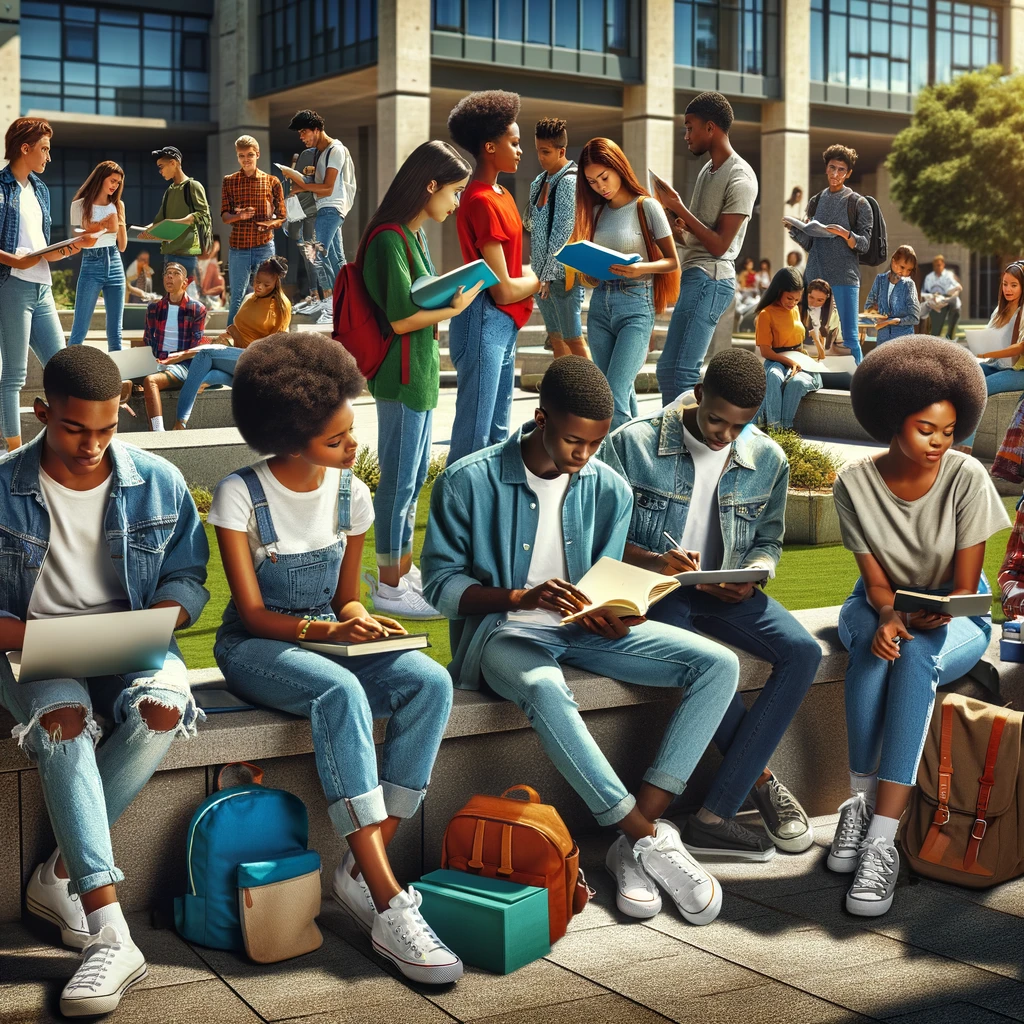
DALL-E
Racial background continues to play a significant role in determining social mobility, with entrenched barriers limiting opportunities for many minorities. Educational and economic disparities are among the key factors that affect one’s ability to ascend the social ladder. Discriminatory practices and systemic biases can impede access to resources necessary for upward mobility. Initiatives aimed at leveling the playing field, such as mentorship programs and equal opportunity employment, are critical. Addressing these issues is essential for breaking the cycle of poverty and enabling all individuals to achieve their potential. Social mobility, influenced by race, remains a critical area for societal attention and action.
11. Environmental Justice
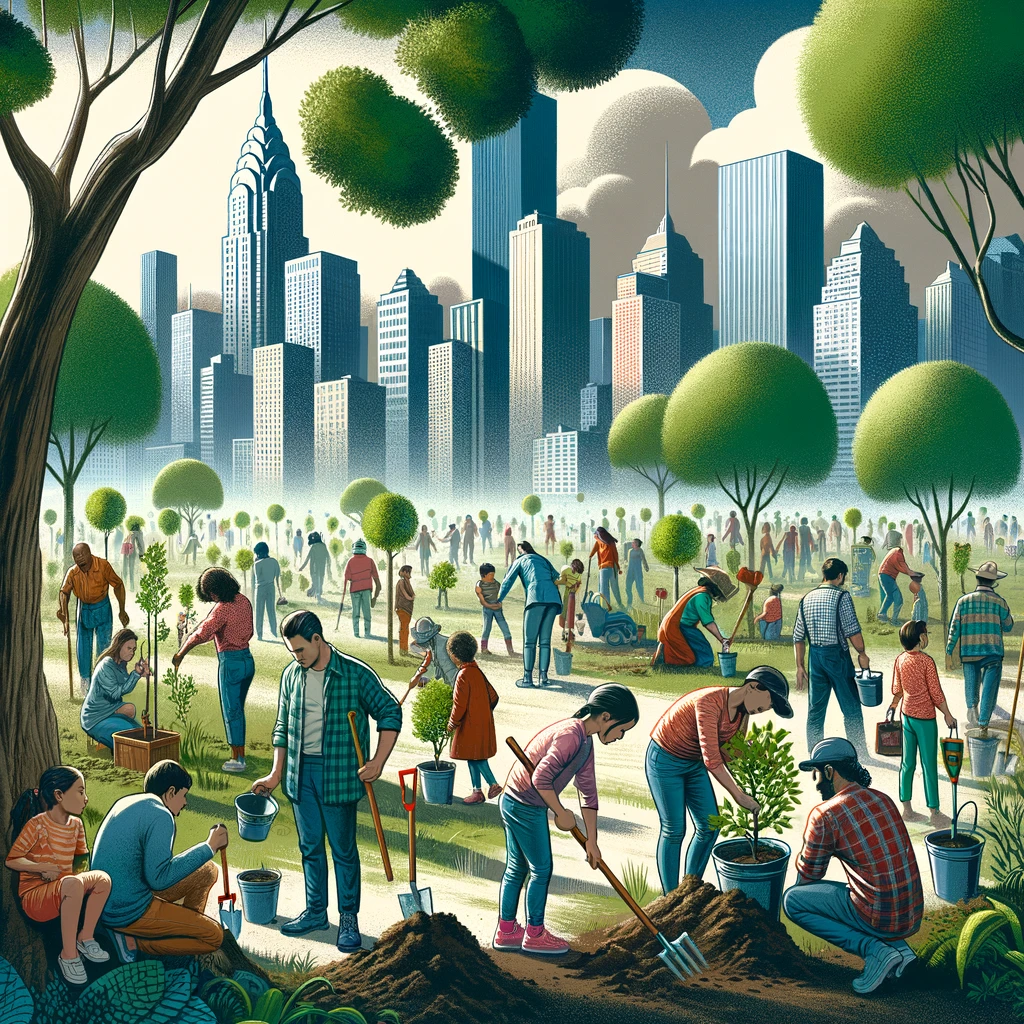
DALL-E
Racial minorities often bear the brunt of environmental injustices, living in areas more susceptible to pollution, climate change, and natural disasters. Historical zoning and industrial policies have placed hazardous facilities disproportionately in minority neighborhoods. Lack of access to clean air, water, and green spaces affects health and quality of life. Advocacy for environmental justice seeks to address these inequalities and ensure that all communities enjoy a safe and healthy environment. Efforts to integrate environmental justice into broader policy frameworks are growing, reflecting an increased recognition of its importance. Achieving environmental justice is essential for ensuring that race does not determine one’s environmental risks and quality of life.
12. Technological Access and Bias
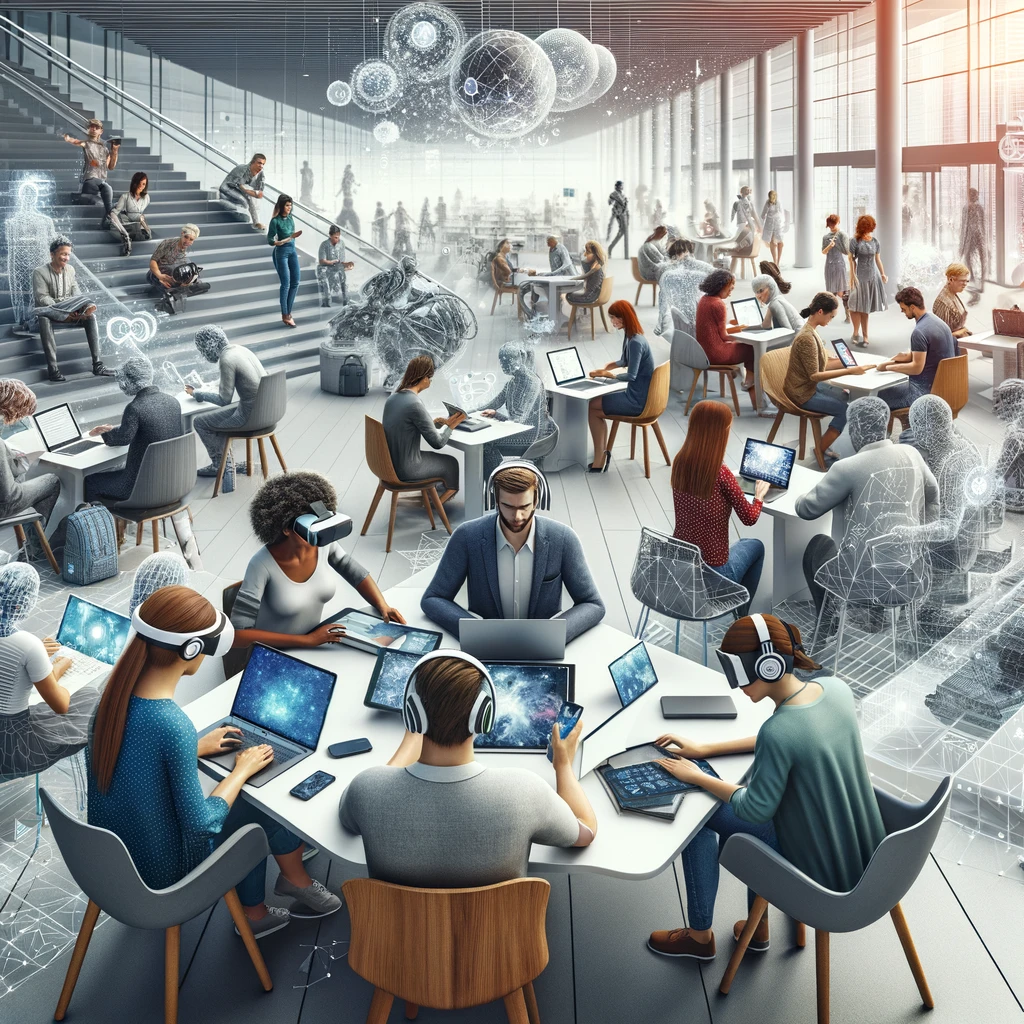
DALL-E
The digital divide and technological bias disproportionately affect racial minorities, impacting everything from education to employment opportunities. Access to technology and the internet is unevenly distributed, often along racial lines, creating a gap in digital literacy and opportunities. Algorithmic biases in everything from hiring practices to law enforcement can perpetuate racial inequalities. Addressing these challenges requires both improving access to technology and ensuring that technological advancements are free from racial biases. Initiatives to bridge the digital divide and promote fair technology practices are critical for creating an equitable digital future. The intersection of race and technology is a key area where societal efforts can make a significant difference.
13. Sports and Recreation
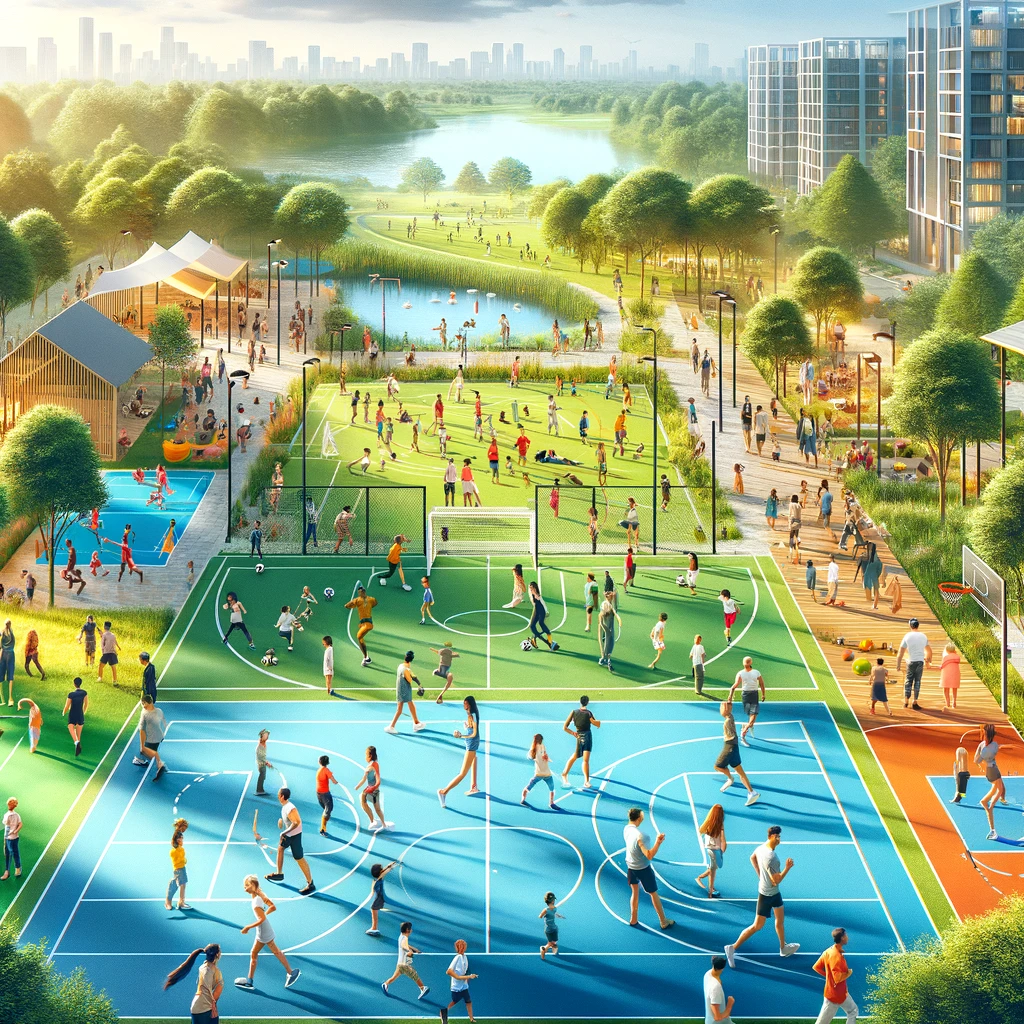
DALL-E
In the realm of sports and recreation, racial disparities manifest in terms of access, representation, and leadership opportunities. Minority communities often have less access to recreational facilities and organized sports, impacting health and social integration. Racial biases can also affect the selection, promotion, and treatment of athletes and coaches. Addressing these issues requires commitment from all levels of the sports industry to promote diversity and inclusion. Sports can be a powerful platform for challenging stereotypes and promoting social cohesion, making it vital to address racial disparities in this field. Ensuring equity in sports and recreation is crucial for leveraging their societal benefits and fostering inclusivity.
14. Fashion and Beauty Standards

DALL-E
Fashion and beauty standards have historically been centered around Eurocentric norms, marginalizing racial minorities and creating unrealistic expectations. The rise of diverse representation in the fashion and beauty industries marks progress, yet challenges in terms of inclusivity and diversity persist. Racial biases in these industries can affect self-esteem and body image, emphasizing the need for broader acceptance of diverse beauty standards. Promoting inclusivity in fashion and beauty not only reflects societal diversity but also challenges the stereotypes and prejudices associated with race. Efforts to diversify beauty ideals and fashion representation are key to creating an industry that celebrates all forms of beauty. Recognizing and challenging racial influences in fashion and beauty is essential for fostering self-acceptance and diversity.
15. Food Security and Agriculture

DALL-E
Race impacts food security and agriculture, with minority communities often facing higher rates of food insecurity and limited access to fresh, healthy food. Historical land ownership patterns and agricultural policies have contributed to disparities in the agricultural sector. Urban food deserts, predominantly found in minority neighborhoods, highlight the need for equitable food policy and access. Addressing these disparities is crucial for ensuring that all individuals have the resources needed for a healthy diet. Efforts to promote sustainable agriculture and equitable food distribution can help mitigate the racial disparities in food security. Thus, understanding and addressing the racial dimensions of food security and agriculture is vital for creating a more equitable and healthy society.
Reflecting on the Impact
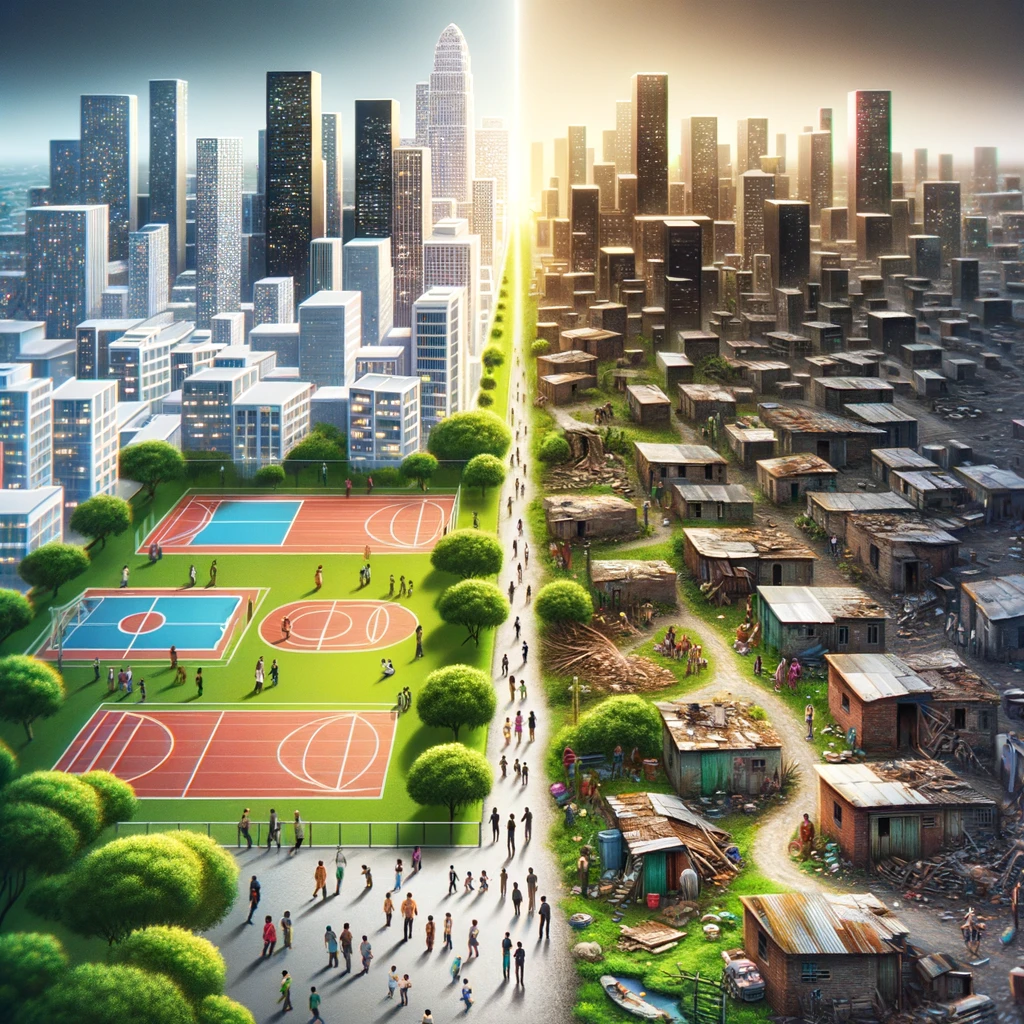
DALL-E
The pervasive nature of racial disparities across these facets of society underscores the need for continued vigilance and action. Recognizing and addressing these issues is crucial for building a more equitable and just society. By shining a light on these lesser-known impacts of race, we can begin to dismantle the structures that perpetuate inequality.
